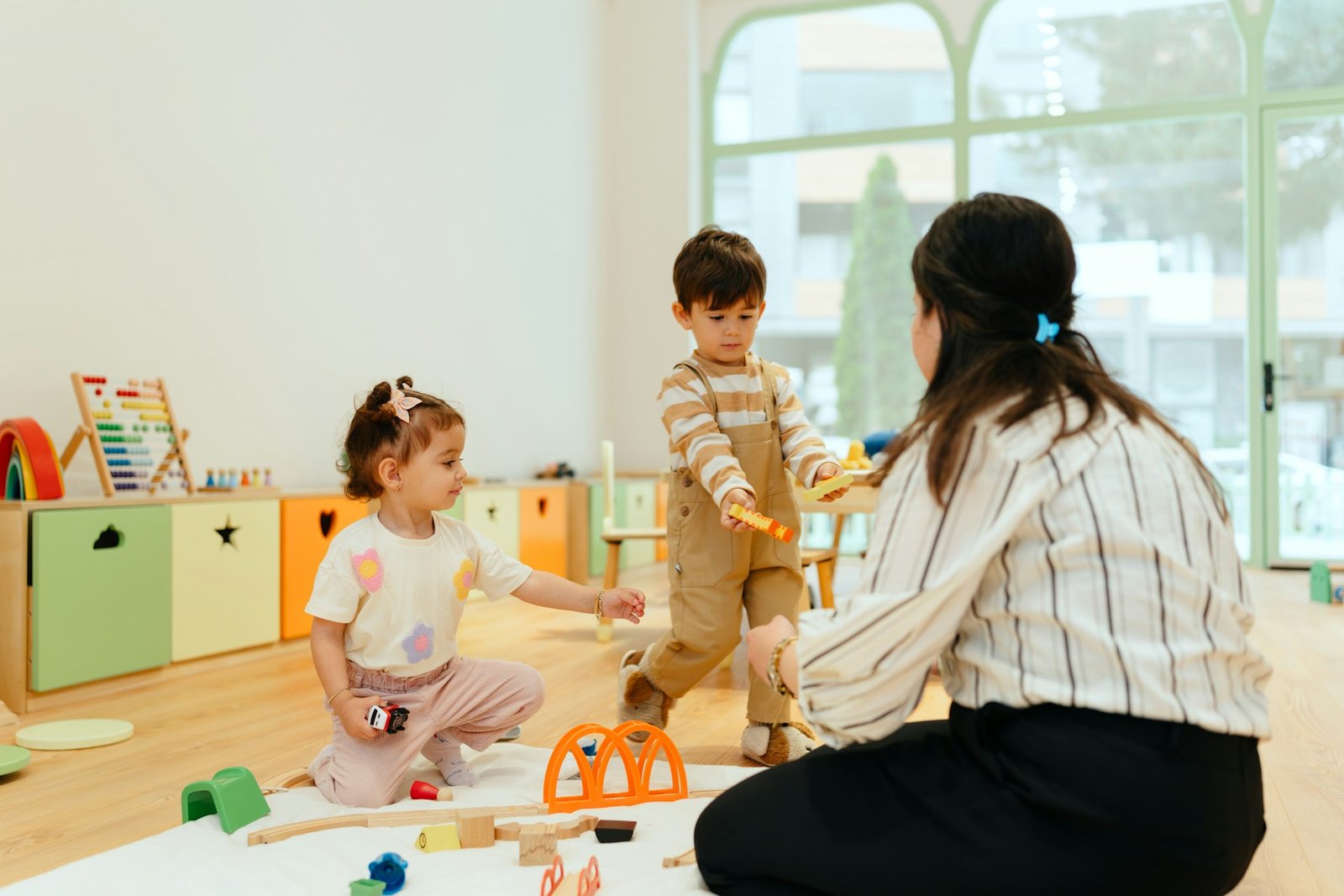Kids can be really good at showing us something’s wrong—just not always in the ways we expect. A twist in behavior here, a clingier goodbye than usual, or an innocent stomachache at school drop-off can say a lot. What’s tricky is that children often don’t have the words yet to explain what their body or brain is signaling. That’s why noticing early signs of worry can make such a difference. When we catch these cues early, it helps us respond before the anxiety grows bigger and takes deeper root. Some families in Oregon look for extra support through things like anxiety treatment in Portland, especially when they’re feeling unsure—wondering if their child is just having a rough week or if there’s something more going on.
Understanding What Anxiety Might Look Like in Kids
Anxiety can look different from one child to the next. A preschooler might suddenly start refusing to go to daycare without explaining why. A middle schooler might seem fine in class but break into tears at night for no clear reason. Kids don’t always say “I’m worried,” they show it in daily patterns—like trouble falling asleep, wanting to stay near caregivers more than usual, snapping at siblings, or complaining about headaches and tummy pain. For some, it’s irritating restlessness. For others, it’s going quiet and pulling back.
Different ages bring out different signs. A toddler might start biting their nails or refusing to be put down. An older child might go from loving social events to ducking out of birthday party invites. Personality matters too. Some kids express more through action, others through silence. And sometimes their distress blends into what we see as typical growing pains. That’s where being tuned in really helps. Quiet signals often mean just as much as loud ones.
Helping Kids Name Their Feelings
Once we notice these patterns, the next step is helping kids figure out what’s behind them. Giving a name to what they’re feeling makes a big difference. Many children benefit from simple tools—like mood flashcards, emoji-style feelings charts on the fridge, or coloring sheets that let them express through drawing before talking. Giving options like “Are you feeling worried, mad, tired, or something else?” simplifies the process.
It also helps to weave small check-ins into regular moments. Asking “What’s something that felt tricky today?” during the walk home or at bedtime is usually less intimidating than “How are you feeling?” And how we show up matters. Kids notice when adults feel overwhelmed, and they often mirror it. If we meet their anxiety with calm instead of urgency, we teach that big feelings can be handled rather than feared.
Creating Calm Routines During Fall
Fall can be beautiful, but it’s a big shift. New schedules, colder mornings, earlier sunsets, and a string of holidays can wear on children who struggle with transitions. Each new event can feel like one more demand, even when it’s framed as fun. That’s why steady, doable routines can help anchor nervous systems during this time.
These routines don’t need to be elaborate. A ten-minute check-in after school with a snack or a short nature walk before dinner can help reset after a busy day. Keep weekend plans light if weekday energy feels low. Swap large Halloween parties for inviting one or two close friends to carve pumpkins at home. What matters is not piling more on a plate that already feels full. Lower-pressure plans give children permission to rest without guilt, and they often respond by showing more calm.
When to Look Outside the Home for Support
Sometimes, even with all your care and attention, patterns stick around or get stronger. If a child’s anxiety starts to get in the way of everyday life—like avoiding school, friendships, or favorite activities—it may be time to ask for help from beyond the home. That could mean checking in with a pediatrician or reaching out for something like anxiety treatment in Portland.
Choosing to get support doesn’t mean you’ve done anything wrong. It means you’ve noticed something and want to get curious about it now rather than waiting for it to grow. Anxiety isn’t just about big meltdowns. It can show up over time in more hidden ways. If the same worries show up day after day, or if your gut says something’s off, it’s usually worth paying attention to. Support doesn’t need to follow a crisis. It can exist so kids (and families) can feel steadier sooner.
Settling Worries Before They Build Up
When kids learn to notice their own anxious patterns, it gives them a kind of freedom. They start to understand what makes their body feel tight or what quiets their thoughts. The earlier we help them tune into that, the easier it is to guide them toward healthier responses. We don’t need to overhaul their world to make progress. Small, steady steps—like pausing midday for a breath or gently pointing out that “your tummy hurts every Monday”—can ripple out over time.
As fall winds down and family plans start to stack up, taking a slower approach can be grounding. It gives space for questions and reflection, not just tasks and to-dos. When we carve out time to listen, we show children that their feelings matter—and that emotional awareness is something we respect. That kind of message sticks, season after season.
Worry can be part of growing up, but when it lingers and starts to shape how your child moves through their day, extra support might help them feel more grounded. At Mindful Mental and Behavioral Health PLLC, we work with families to notice what’s underneath the stress and build steadier patterns together. If you’re thinking about next steps, this could be a good time to look into anxiety treatment in Portland.




